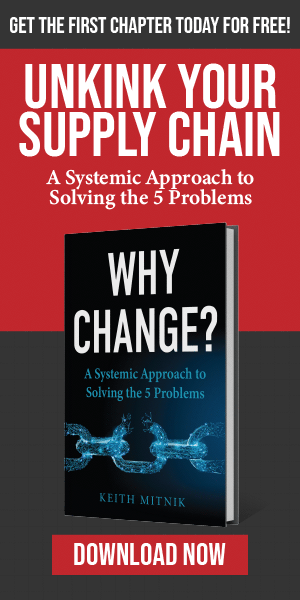Hey, Keith here. We’re doing something a little different with this post.
We talk about LCD displays a lot because that’s what we do. But who we are is a story I’d like to share.
Where did our name come from?
The “phoenix” in Phoenix Display International (PDI) is rooted in Greek mythology. Legend has it that the phoenix rose out of the ashes to be reborn into something greater.
Similarly, we were reborn from a previous company my cofounder and I worked for, Three-Five Systems, which was one of the largest LCD display manufacturers in North America back in 2000. After Three-Five went under, we decided to blaze our own trail in the LCD display space and created PDI.

What is my background?
My background is rooted in Mechanical Engineering. However, I’ve also supported that technical knowledge with practical business acumen through an MBA.
I started off in Aerospace designing airplane parts, then spent several years designing LCD displays. My work eventually led to me to managing design groups and eventually running whole business units. The experience I gained over the years in these roles have honed my ability to lead PDI.
My co-founder, Joe Sidoryk, has a similar background but with an Electrical Engineering degree and an MBA. But different from me, Joe has always been drawn to the technical sales roles where he applies his logical problem-solving engineering brain to solve customer problems and lead the design teams on the customers behalf. Prior to forming PDI, Joe was the Director of Worldwide Sales focusing on the massive global cell phone display markets.
What need was PDI trying to address?
We saw a massive hole in the market for mid-volume, small-format display support. Most LCD companies were going after large-volume customers (e.g., Nokia, Apple). And conversely, there were also allot of companies supporting that other end of the market with small-volume customers who were supplied off-the-shelf units without support. Our mid-volume customer base was grossly underserved. These customers were large enough to garner support, but too small to get the attention such as Dell, but still needed more service than the mass component distributor was setup for.
We knew from experience that the customers in the middle, who consumed between 5,000 and 100,000 units per year, needed some level of customization, especially with small-format displays. Where unlike large displays, small-format displays don’t have the physical real estate to waste on integrated a mass marketed standard LCD display.
It was clear these customers needed specialized help. So, we decided to step in and give it to them.
How did PDI get started?
With our understanding of the market, we began working with many different factories in China to find the right partner. We set out to create a partnership with a manufacturing partner who would be able to handle the specific needs of the mid-volume customers. This included the right, engineering support, cost structure, volume capability, and quality level.
We then entered into an iterative cycle where we reviewed facilities, their manufacturing processes, and product quality, and compared them against the exact market we wanted to serve. This process wasn’t easy or quick, and is a process that actually never stops as we are constantly reviewing our capabilities to make sure they are in line with our specific chosen market.
How did PDI differentiate itself from other LCD display suppliers?
Well, for one, there’s the focus on mid-volume customers. This enabled us to provide not only products, but also leadership, expertise, and support. Support that these customers weren’t used to getting.
Here’s the harsh truth behind the word “focus”, it really means that we actually turn down over 90% of our potential customers, these are the clients that are either focused on the wrong product, or the wrong volume levels. I use this statement a lot “You don’t go to a Chinese buffet for pizza”. Same for PDI, we are not the best at supporting low volume off the shelf products, so instead of doing something poorly, we have chosen not to do it. This allows our resources to focus on our core capabilities and our core customers.
When customers come to us, they would expect a basic question, such as "What display do you want?" Instead we ask:
- What are you doing this time around that requires a new display?
- What kind of product are you creating?
- What does your product need to do?
- How does your end customer interact with the display?
- What would help sell more of your product?
With answers to these guiding questions, we are able to step back into the fundamental needs and start the display design from at the beginning, and from the end users’ perspective.
Where will PDI be in five years?
Given how well we retain customers, I see PDI continuing to grow as we partner with new customers and help them with their LCD display needs.
I also see us solving new and more complex display challenges with new product lines. Some of these challenges will stem from product usage trends, such as greater OLED and TFT demand and less monochrome demand.
On the components front, cable and wire harness assemblies will be an important aspect to consider, which is why we started Colligo Cable, PDI’s sister company, last year.
Colligo will provide high quality mid-volume wire harnesses, cable assemblies, and other related products. It will also be a big part of the vision for PDI over the next five years, as it focuses on the same market as PDI.
And we are considering adding a few other complementary component businesses that will also focus solely on the mid-volume markets, supporting the same customers, solving the same problems with different components.
Hope you found the story of PDI interesting. And remember, if you need a new supplier that understands your unique display needs and can produce custom displays that address them, let us help. Contact us.






